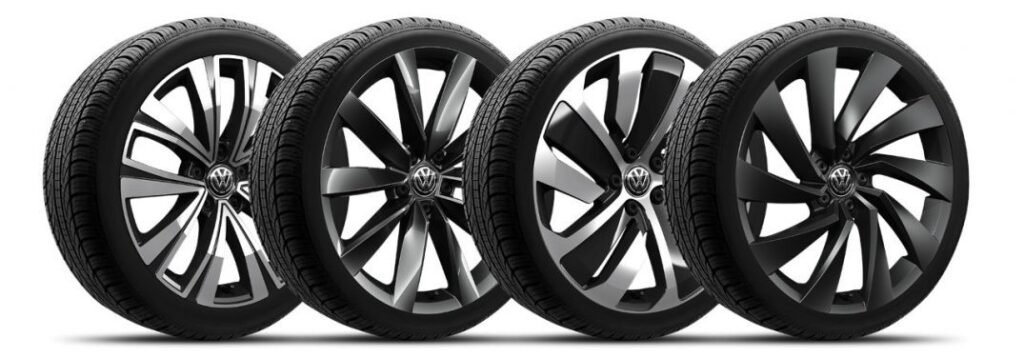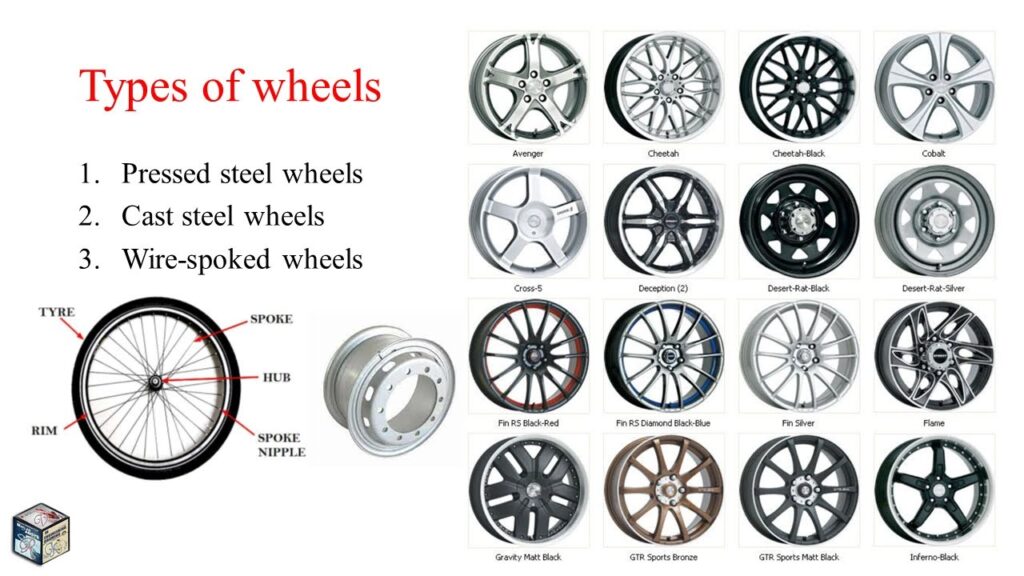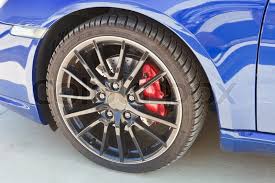
Wheels
the wheel assembly is generally thought to consist of hub, Disc or Spokes, rim tyre and tube Wheels are as imortant parts af a vehicle as the other parts. all the parts being perfectly in working order, the Vehicle Can not move on the road without the wheels.
the wheels not only support the wright of the vehicle but also protect it from the road Socks. Whereas the rear wheels move the vehicle the front wheels steer it. all the Four wheel mast resist the Braking stresses and Withstand side thrust to perform the above Function, the wheels must be:-
- Strong Enough to withstand the weight of the vehicle
- Flexible to absorb the road shocks.
- Able to grip the road Surface
- Perfectly Balanced dynamically and statically.
- Light and easily remarkable

TYPES OF WHEELS
-
Disc Wheels
-
Wire Wheels
-
Split wheel
- 1)

- 1 )

- Split Wheel
1)
RIMS
the outer Circular portion of the Wheel on which the types and tube are fitted is called rim.
RIM are two Types
-
Drop- Center Rim
-
Flat-Base Rim
- a)
- a)
WHEEL MATERIALS
One of the most important attributes of a wheel is the material it’s made of. The material will determine the price, the weight, and the durability of your new wheels.
Steel Wheels
Steel wheels are the least expensive wheel option. Sometimes referred to as “steelies” these wheels have been used for years. Steel wheels are durable and easy to repair if damaged.
Unfortunately, steel wheels aren’t the most attractive option. While most manufacturers use steel wheels, they typically cover them with wheel covers. Good wheel covers can make steel wheels look a lot like alloys, but bad wheel covers look like cheap plastic.
Another unfortunate downside of steel wheels is how heavy they are. Steel wheels are by far the heaviest wheel option.
There are times when a set of heavy, durable wheels is exactly what you want. And that time is when it’s snowing. Many people keep a set of steel wheels around just for the winter months. The weight helps your car’s tires to dig into the snow, improving traction.
Alloy Wheels
Alloy wheels mix multiple metals to gain the advantages of each. One of the primary metals used for this is aluminum, so these are sometimes referred to as aluminum rims. Magnesium is another popular component.
Alloy wheels are lighter than steel wheels. Their weight makes them more desirable for high performance driving. Alloy wheels are also generally considered more attractive.
Alloy wheels have better heat dissipation. This means that during hard braking, they can decrease the rate of brake failure from overheating.
Because of the way they’re manufactured, alloy wheels can have more intricate designs than steel wheels. They also have a wider variety of finishes.
The versatility of alloy wheels makes them the better choice for most drivers.
Carbon Fiber Wheels
Carbon fiber wheels are strong, light, and attractive. They’re also the most expensive wheels on the market. If damaged, carbon fiber wheels can’t be repaired the way steel and alloy wheels can be.
This means that outside of a Shelby GT350R or a serious performance car, you’re unlikely to see carbon fiber wheels. As the cost of carbon fiber production declines, they’ll likely surge in popularity.
STEEL VS ALLOY VS CARBON FIBER WHEELS
| Wheel Material | Pros | Cons |
|---|---|---|
| Steel | Inexpensive Durable |
Heavy Unattractive |
| Alloy | Lightweight Dissipates Heat |
Harder to Repair More Expensive |
| Carbon Fiber | Most Lightweight Strong |
Impossible to Repair Most Expensive |
WHEEL MANUFACTURING PROCESSES
Wheels are manufactured in many different ways. These manufacturing methods have an effect on their durability and appearance.
Pressed Sheet Metal
Steel wheels are typically pressed from sheet metal then welded together. This is part of why steel wheels are so limited in design.
The steel is then painted and hidden beneath wheel covers or hubcaps.
Forged vs Cast Wheels
Alloy wheels are usually either forged or cast. Forged wheels are made from a solid block of metal that’s shaped and pressurized. Cast wheels are made by pouring liquid metal into a mold.
Cast wheels are less expensive. Because of how they’re made, they’re more likely to have pores though. These pores can lead to cracks. For normal driving, cast wheels are great. But for performance driving, the heat can cause the wheels to crack more quickly.
Forged wheels are lighter and stronger. They’re also more expensive.
1,2, and 3-Piece Wheel Construction
While cast wheels tend to be one-piece, forged wheels come in two and three piece options. This is where the distinction between wheel and rim is important. In 2-piece construction, the centerpiece and rim are two separate pieces. Each piece can have separate construction and properties.
In three piece construction the rim is further separated into two rim halves.
WHEEL FINISHES
Bare metal corrodes quickly. This means that some kind of finish is necessary to keep your wheels looking great. These finishes often have properties of their own.
Chrome Plating
Wheels with chrome plating are sometimes referred to as “chrome wheels.” In fact, a wheel made entirely out of chrome would be expensive and impractical. Instead, a thin layer of chrome is applied to steel or alloy wheels.
Chrome plating is one of the more classic styles of wheel finish. A mirror-reflective chrome finish looks right at home at a classic auto show.
Chrome is very susceptible to pitting. Any scratch can lead to quick oxidation. Mild pitting can be dealt with at home. Because of the environmental impacts of chromium, getting wheels replated can be very costly. This means that caring for chrome-plated wheels should be done regularly. It’s best to use a soft rag and mild soap. A wheel protectant can also be helpful.
Powder Coating
Powder coating is durable and attractive. This technique also allows for bold, bright colors. You need professional equipment to apply a powder coat, which makes touching up the finish nearly impossible. Fortunately, with regular cleaning, touch-ups shouldn’t be needed frequently.
The most important rule for cleaning powder-coated wheels is not to use bleach. You should also check to make sure you’re using a non-acidic wheel cleaner.
Clear Coating
If you love the look of polished metal, you’re not alone. Especially for machined wheels, there’s a clean elegance to bare metal. A clear coat allows for that brilliance to shine through without worry of corrosion.
Many also follow a paint layer with a clear coat to keep colors bright for years to come. Though clear coated wheels look metal, it’s very important to not use metal polish on them. Metal polish is designed to be abrasive, and it can scratch a clear coat. Mild soap and water should be all that’s needed. You can also touch up a clear coat on your own if you notice it succumbing to scuffs.
